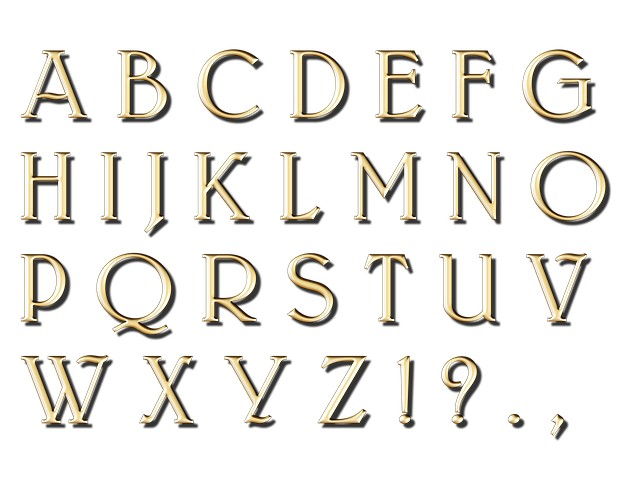The Case of the Missing Commas

One of my dear students, Aneta, recently returned from a relaxing holiday in Croatia. Over a cup of tea in my kitchen during our lesson, she showed me an English guidebook she had bought—a great idea to improve her language skills while learning about a new country. However, she found some of it difficult to understand. When I took a look, I quickly discovered that the book was suffering from a serious case of comma deficiency. I had to reread some of the sentences several times just to make sense of them.
It reminded me of one of my favourite books on the topic: Eats, Shoots and Leaves by Lynne Truss. She shares the now-classic example:
“A panda eats, shoots and leaves.”
Very different from:
“A panda eats shoots and leaves.”
In the first, the panda grabs a snack, fires a gun, and strolls out like a gangster. In the second, he’s simply enjoying a peaceful vegetarian lunch. All thanks to a comma.
So, where do commas go? Here are four golden rules:
- Use commas after connecting words (like however, unfortunately, on the other hand):
“However, this is not always the case.” - Use commas in lists:
“I packed a swimsuit, towel, flip-flops, and a book.” - Use commas around non-defining relative clauses:
(These clauses give extra information but aren’t essential to the meaning of the sentence):
“My sister, who is a doctor, lives in Berlin.”
(You only have one sister—“who is a doctor” is extra information.)
Without commas:
“My sister who is a doctor lives in Berlin.”
(This suggests you have more than one sister and are specifying which one.)
👉 Important! In English, don’t use a comma before defining relative clauses with „which,“ „who,“ or „that“ which you do in German!
- Use commas wherever it makes sense—and keep your sentences short!
If you’re reading a sentence and feel like you’re running a marathon, add a comma.
Aneta left the lesson with an exercise to turn a letter into either a love or hate letter by adding commas. And I thought—if my little granddaughter ever writes “Let’s eat, Grandma,” I shall politely remind her of the grammar rule!
